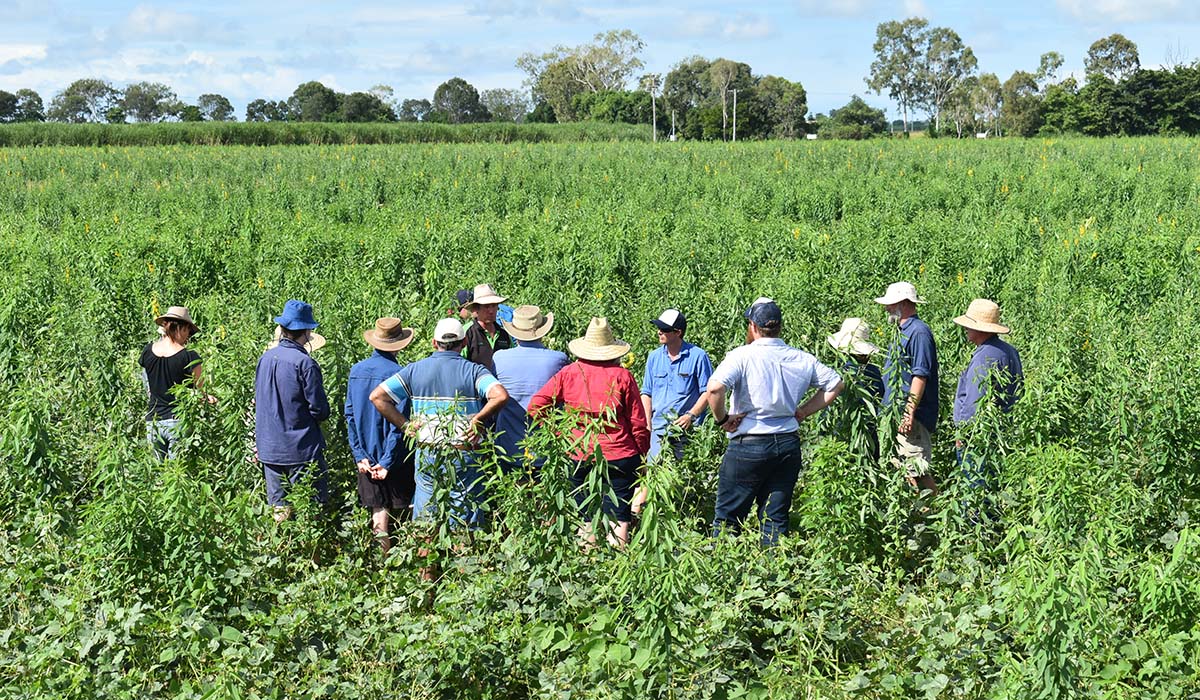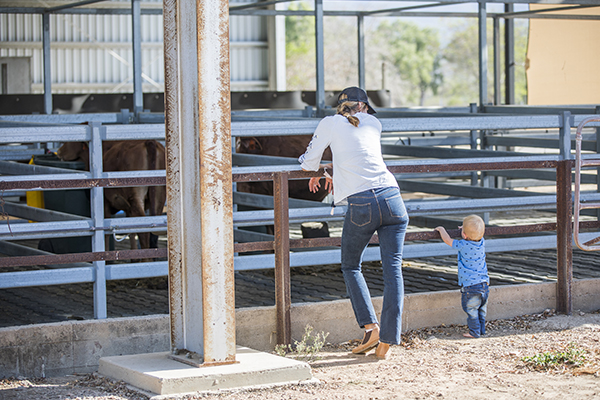Capacity of agriculture systems to adapt
Five-Year Outcome: By 2023, there is an increase in the capacity of agriculture systems to adapt to significant changes in climate and market demands for information on provenance and sustainable production.
Investment Priorities:
- No specific priorities
 Background Information:
Background Information:
Australian agriculture faces a number of significant challenges that will require adaptation in the practices, technologies and approaches that are used to produce food and fibre in a sustainable manner that meets both market, environmental and consumer requirements.
These challenges include the effects of climate change on agricultural land and production, consumer driven requirements for products whose production methods are traceable and sustainable and meeting our international obligations to protect biodiversity, soil and wetlands and address climate change.
Climate change will change conditions that affect production through:
- Decreased predictability of seasons.
- Increased frequency and intensity of weather events such as floods and extreme heat days.
- Increased drought.
This in turn, leads to increased production risks through:
- Extent and severity of pest an disease outbreaks.
- Plant and animal heat stress.
- Crop and livestock losses from flood and drought.
- Changes in regional suitability of production systems and products.
In order to meet these challenges and make the landscape and the business resilient to the impacts of climate change, land holders and managers require the knowledge and data to make informed decisions, access to new technologies that allows them to gather and use this data and support to implement new practices. Market variability is also another factor impacting on the viability and resilience of agricultural businesses that requires data, planning and adaptive management.
For cropping, adaptations may include growing new varieties or different crops better suited to the changed regional conditions, changing planting times, increasing water use efficiency and adjusting fertiliser application rates and regimes.
For grazing operations, adjusting to climate change requires that land holders manage their soil, pasture and cattle. This includes practices such as changing stocking rates and grazing regimes, improving soil and pasture health, increasing groundcover and landscape rehydration, planning for drought, monitoring forage availability and improving infrastructure to support these practices.
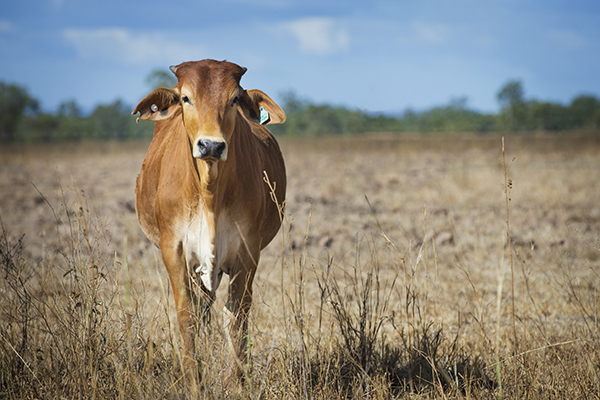 The expectations of Australian and international consumers of Australian agricultural products is also changing, with consumers wanting to know the provenance of the food or fibre, assurance that it was produced in a way that is sustainable and meets animal welfare expectations. This requires traceability of food and fibre products from farm to consumer and methods of certifying that best practice is being used.
The expectations of Australian and international consumers of Australian agricultural products is also changing, with consumers wanting to know the provenance of the food or fibre, assurance that it was produced in a way that is sustainable and meets animal welfare expectations. This requires traceability of food and fibre products from farm to consumer and methods of certifying that best practice is being used.
One of the main methods being implemented to improve traceability is digital tracking systems, through the use of scannable codes that provide information on the source of the food or fibre, to the level of which property or farm it originated from. Being able to track and trace produce also protects the reputation of Australian produce, which is known for its high quality by reducing the opportunity for inferior produce to be introduced into the supply chain. Promotion of local produce to local customers is also a method for improving provenance for customers and developing a local market for producers. Businesses are also marketing directly to customers through online platforms and are providing information for customers through websites and social media to connect them to the property and methods of production.
Additionally, as outlined for Outcome 5, land holders and managers are responsible for managing a significant area of land in Australia, which includes biodiversity, soil and vegetation resources. Australia is signatory to a range of international agreements that require we manage our natural systems and resources in a way that preserves biodiversity, soil and wetlands and that actions are being taken to address climate change, through reduction of carbon emissions and sequestration of carbon from the atmosphere. Agricultural land has a large role to play in each of these areas.
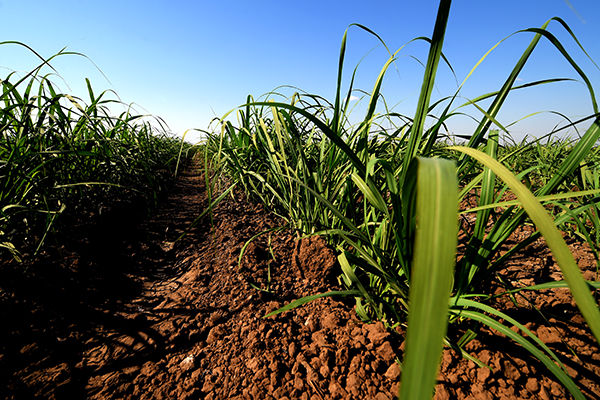
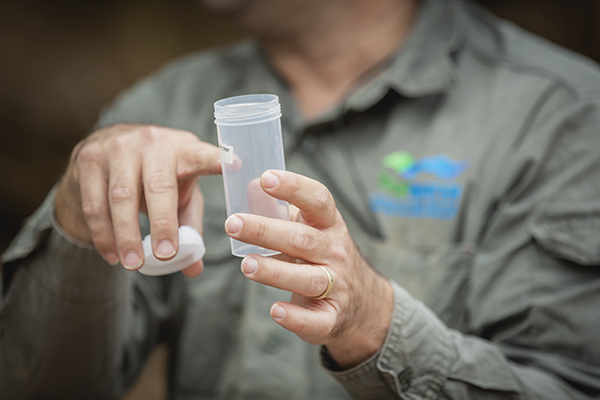
Alignment with Sub-regional aspirations and regional goals
These priorities align with the sub-regional and regional goals outlined in the NRM Plan:
Burdekin rangelands sub-region:
- Community and industry resilience – We most value our people, because landholders are key to good land and NRM. Succession planning is important to attract energetic and enthusiastic young people, along with schemes that address social isolation and promote a better understanding between city and country dwellers. A stable community is a good environment in which to do business, and enterprises need diverse talents to ‘ride out’ market and climate variability. We will work with extension and education providers to take up new technology and explore business skills and diversification options. (Page 14)
- Sustainable land use – Our community would like to protect our land, which is a source of cultural identity and an inspiration for current and potential new enterprises, including tourism. We will continue to support property management, which integrates actions to look after soils, water, vegetation, weeds and feral animals, with agricultural best practice and business sustainability. We will strive to achieve good soil biodiversity, which benefits pasture, captures moisture and carbon, and prevents erosion (Page 14)
- Efficient research investment and collaborative decision-making – Good quality research is shared with landholders as it is essential to help properties become more resilient by diversifying and developing new commercial markets. Our community wants to encourage investment in our area for emerging industries, such as using woody weeds as a resource, feedlots, camels and new crops. To achieve this, we will work with State and local governments to influence decisions about land development and regulation that impact on business profitability. We would like to encourage banks to be more flexible, and reduce red tape for enterprises that can demonstrate planning for long-term sustainability. (Page 14)
Lower Burdekin and offshore sub-region:
- Effective management of water and energy for productivity and the environment – Our community recognises the link between adopting innovation and profitability, and that efficient use of energy and water increases agricultural productivity and environmental protection. We will achieve this by sharing information, adopting beneficial technologies and clearly measuring results to build community resilience, successful enterprises, and the health of our local groundwater systems, rivers, wetlands and the GBR. (Page 18)
- A skilled and collaborative community – We want ongoing support from well-trained extension staff who continue to build the skills of our community to work individually, or collaboratively, to manage the natural resources on which our livelihoods depend. We will establish strong partnerships and relationships between landholders, community groups, researchers and government, to help disseminate knowledge for future generations. (Page 18)
- Recognised land stewardship and control of introduced pests – Our farmers are stewards of the land, who seek to achieve social, economic and environmental outcomes for their enterprises to create security for their families and the community. Our community will encourage them to increase their uptake of best management practices and explore opportunities for financial incentives to reward sustainable practices. We will encourage urban development without the loss of prime farm land, and promote the importance of urban, rural and peri-urban residents proactively working together to tackle pest and weed issues. We would like to foster strategic and compatible land use to realise its full potential, while maintaining soil health and reducing unnecessary financial inputs (page 18)
Bowen catchments and offshore sub-region:
- Industry growth and diversification – Our community desires increased co-investment between locals, government and (limited) foreign interests in our tourism, fishing, horticulture, grazing, aquaculture, mining transport infrastructure, renewable energy and solar industries. Mining is a strong economic resource for our region but we also have the opportunity to build the resilience of our agricultural industry by diversifying products and markets, and developing value-adding businesses. We will work with government to reduce red tape and improve export prospects. (Page 20)
- Passionate people caring for our landscapes – Our community greatly values the wetlands, beaches, rivers, dunes and woodlands that make up our region. One of our greatest resources is a community that is passionate about caring for these landscapes. Our diverse marine and terrestrial habitats support a variety of industries. We are a small community, and to sustain these environments and industries into the future we need appropriate long-term career pathways and methods to retain NRM professionals with local knowledge. We believe technology can increase community awareness, and may encourage greater local actions to support sustainability. (Page 20)
Belyando–Suttor sub-region:
- Comprehensive resource management to build resilience – Our community believes in exchanging knowledge about resource management issues and collaboration between different stakeholders in a manner that makes the best use of time. We need to support opportunities to improve communication as well as effectively demonstrate the benefits of integrating environmental action with improved production and better economic viability. This includes working with the mining industry to have a real voice in decisions. Resilience will require new skills and innovation in farming practices, and strengthening of community adaptability in the face of a variable climate. (Page 22)
This outcome aligns with the regional goal in the NRM Plan:
- Natural resources including soils, vegetation and reefs are managed as carbon stores to offset emissions (Page 35).
- Natural resources and communities are more resilient to climate change impacts and stresses (Page 35).
- Agricultural innovations, alternative products and sustainable management practices are supported and adopted (Page 43).
The right to protect Country and culture is fundamental to Traditional Owners as the custodians of Country based on a history of more than 60,000 years. Traditional Owners aspire to have greater management, involvement and empowerment over Country and their cultural knowledge and understanding of Country are embraced. The Traditional Owner aspirations for the region can be found in the Burdekin Dry Tropics NRM Plan (pages 25-26), Caring for Country Plan (2005) and the Indigenous Participation Plan. Access to Country to connect and manage cultural and natural resources continue to be priorities for Traditional Owners. A map of Traditional Owner group areas can be accessed here.
Current Projects:
Project Name: Regenerative Grazing Tools for Burdekin Soils and Pastures
Project Duration: 2018 – 2023 Managed by: NQ Dry Tropics
Funding Program: Regional Land Partnerships
Project Website
Summary: Regenerative Grazing Tools for Burdekin Soils and Pastures is a five year project which will support three cluster groups of five grazing enterprises managing 75,000 ha in the Belyando, Suttor and Cape Campaspe sub-basins of the Burdekin River catchment to prepare for climate variability in their business and on-ground actions through skill development, planning and practice change activities. The project will support these enterprises as well as additional graziers in the district to adapt to climate change and regenerate soil health and pasture condition in grazing landscapes. This will be achieved through grazing management and encompasses an integrated approach to land resource planning, forage budgeting and business system planning.
In addition to funding projects to address the five year outcomes and investment priorities, the National Landcare Program also funds Regional Agricultural Landcare Facilitators (RALFs) through each of the regional NRM bodies. The RALFs work within each region to support farmers, industry and community groups, including Landcare groups, to adopt new and innovative sustainable agriculture practices. Services provided by the RALFs include keeping farming communities up to date with new and innovative practices and government policies, facilitating partnerships between relevant groups such as industry and community, assisting farmers to develop new projects and secure funding and liaising with the Department of Agriculture, Water and Environment regarding local issues and events affecting farmers, industry and communities, such as natural disasters.
Key Collaborators
This list does not cover all groups or organisations, but rather represents the ‘key’ organisations and groups whose assistance, advice, approval or cooperation would be required to work on agricultural adaptation in the Burdekin Dry Tropics region:
- Department of Agriculture, Water and Environment (DAWE).
- Queensland Department of Agriculture and Fisheries (DAF).
- Landholder / managers (for work on privately held properties).
- Traditional Owner groups (see map).
- Agronomy Service Providers.
- Relevant Industry Groups.
- Technology Service and Equipment Providers.
- Research Institutions e.g. CSIRO.
- NQ Dry Tropics.
Monitoring:
Seasonal information and forecasts are provided through the Queensland Governments Long Paddock information portal – https://www.longpaddock.qld.gov.au/ and the Climate app provides a tool for agricultural decision makers based on climate factors https://climateapp.net.au/
Information on climate research, forecasts and impacts for Queensland regions is available at https://www.qld.gov.au/environment/climate/climate-change/resources/science
The Australian Bureau of Meteorology does comprehensive monitoring of weather and climate conditions http://www.bom.gov.au/climate/change/#tabs=Tracker&tracker=timeseries
Monitoring and tracking of food and fibre production is currently managed primarily by the industry bodies and companies involved through the supply chain process.
For information on monitoring of biodiversity, soil health and wetlands please see Outcomes 1, 3 and 5.
Links and further information:
- Climate Change in Queensland – Fact Sheet – https://www.qld.gov.au/__data/assets/pdf_file/0023/68126/queensland-climate-change-impact-summary.pdf
- Climate Change in Queensland – Townsville – Thuringowa – https://www.qld.gov.au/__data/assets/pdf_file/0025/124675/townsville-climate-change-impact-summary.pdf
- Department of Agriculture, Water and the Environment – A change in Climate page – https://www.agriculture.gov.au/ag-farm-food/climatechange
- National Drought Map.
- Queensland Government Land Restoration Fund.

